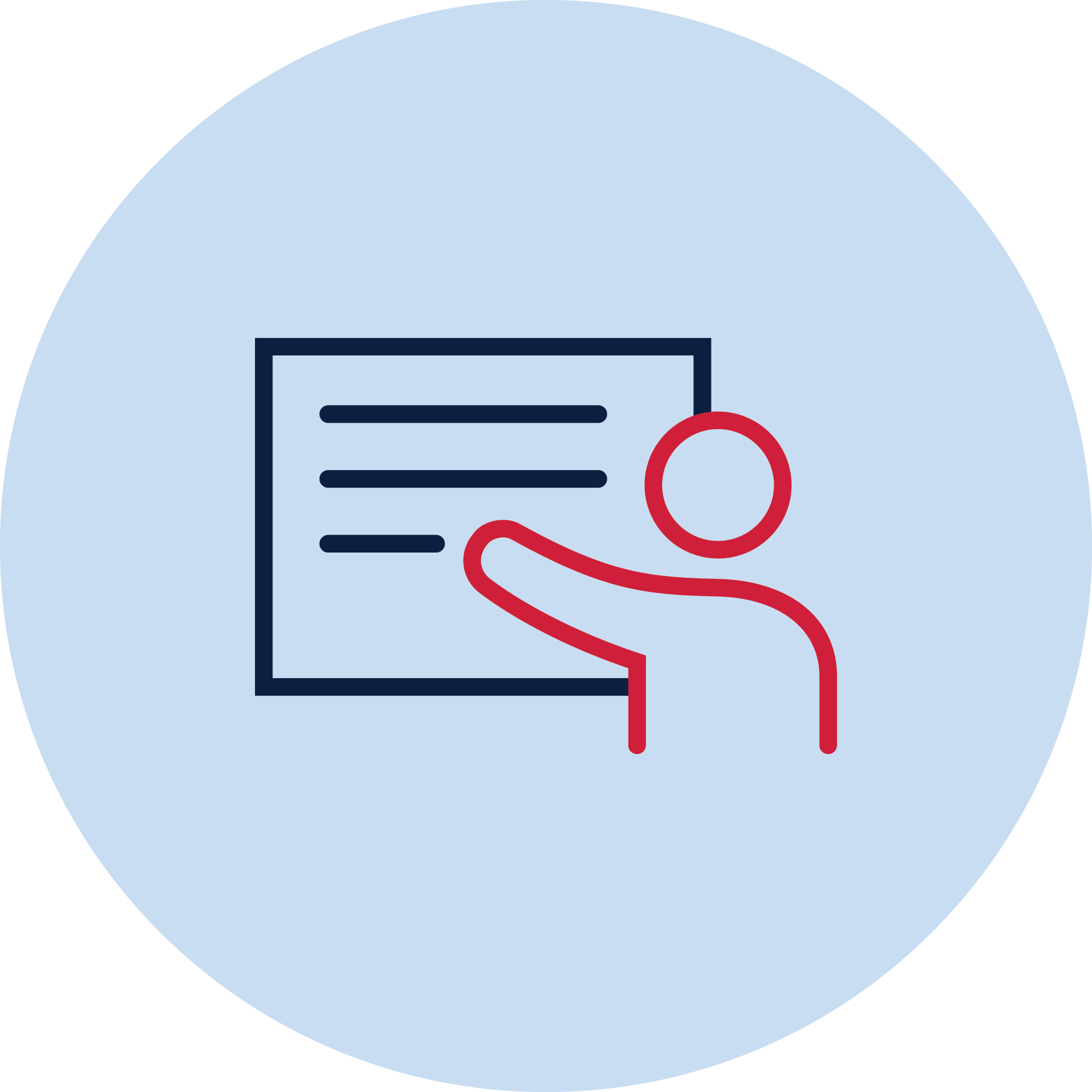Peer inclusion and group work
Research has found that peer mediated intervention is one of the most effective approaches for supporting the inclusion of students and the development of social skills at school. Peer mediated intervention is particularly relevant for students who find joining in or engaging with peers challenging, such as students on the autism spectrum.
So what is peer mediated intervention?
What if a student or their family do not wish to have their disability disclosed to others?

Could peer mediated intervention negatively impact the wellbeing, inclusion or academic performance of peers?
Characteristics of effective peer mediated intervention
Peer mediated intervention typically involves the inclusion of several peers as mediators. Including more than one peer means that a student has many peers to interact with and is not dependent on one specific peer (leaving the student without other options if the peer is absent).
Interacting with many different peers also helps a student generalise the communication and social skills they are learning.
Peer mediators who are well-liked and prosocial tend to make great mediators. It may also be important to choose peer mediators who have good social and communication skills.
Regular training and practice is important for successful peer mediated intervention.

The peer inclusion steps poster outlines the key steps to teach peers to be mediators.
The peer inclusion communication prompts poster can act as a visual reminder of peer inclusion steps for students who have been trained as peer mediators in inclusion. This approach is most suited to late primary and secondary settings.
Teaching peer mediated intervention
Peers can act as social mediators both in and outside of the classroom.
Role-play can help students acquire and consolidate skills in this area. Lunchtime clubs based on shared interests can provide great opportunities for students with disability to connect with others who share their interests.
The following image outlines some of the key steps to teach peers to be mediators.
This model includes teaching peers to:
- Get the student’s attention. This may involve saying their name, touching their arm (only if they know the student is comfortable with some physical touch), and initiating a conversation.
- Wait for a response. This may involve waiting about ten seconds and looking at the student expectantly to show they are allowing time for a response. Explain to peers that some students may not be comfortable with eye contact, and so eye contact is best used when the student seeks eye contact.
A number of conversation skills to keep the conversation going can be taught for when a student responds. Provide and model examples of these conversation skills, and provide opportunities for peers to practise these skills.
Teach peers how to provide additional prompts when a student does not immediately respond. These typically involve ensuring they have the student’s attention and explicitly prompting the student to communicate, and repeating this process until they respond.
As with all peer mediated interventions, teach students to recognise signs of agitation and seek support if needed.
Group work
Step 1
- Provide an overview of relevant characteristics of students with a specific disability and the goals of peer group work.
- Use strengths-based language (for example, instead of “Belinda can only say a few words”, you could say “Belinda might nod or shake her head to communicate with you”).
- Consider and discuss confidentiality where relevant.
Step 2
- Teach peers support strategies for class (for example, sharing materials; breaking down a task).
Step 3
- Teach peers social or communication skills (for example, how to get the student’s attention; how to engage them in a conversation).
Step 4
- Talk to peers about when to seek assistance.
- Knowing when and how to seek assistance can help ensure peers are able to balance their own workload with supporting their peer, and can seek support when challenges arise.


School Excellence Framework alignment
Wellbeing, Effective classroom practice
Australian Professional Standards for Teachers alignment
Standard 1: Know students and how they learn
Audience
Secondary teachers
Purpose
This guide can be used to by teachers to support the inclusion of students through peer mediated intervention. It provides strategies to develop the social skills of all students in working within diverse groups.
Reviewed
November 2021. Share your feedback here
Explore other topics
1/4